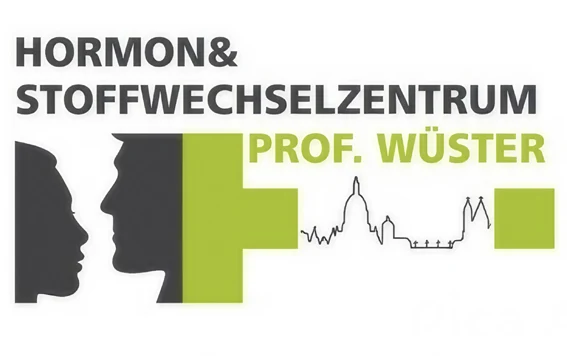Pituitary tumors – information from Mainz
What tumors can occur in the pituitary gland? Endocrinologist from Mainz provides answers
MAINZ. The pituitary gland, also known as the pituitary gland, is one of the most important hormonal control centers in the human body. Its balance can be influenced by various diseases. Prof. Dr. med. Dr. h.c. Christian Wüster is a practicing endocrinologist in Mainz and heads the Hormone and Metabolism Center. He explains which tumors can occur in the pituitary gland.
Mainz endocrinologist: Frequent tumours of the pituitary gland
Pituitary adenomas are among the most common tumours of the pituitary gland. These are benign tumours located on the anterior lobe of the pituitary gland. If they are smaller than ten millimetres, they are referred to as microadenomas. They are usually detected as part of an incidental finding. In general, clinically relevant adenomas, i.e. tumours of the pituitary gland that cause symptoms, are comparatively rare. Only about one in a hundred thousand people suffers from an adenoma that requires treatment. If the pituitary adenoma secretes hormones, it is referred to as a hormone-active pituitary adenoma. The hormones are not released in a demand-orientated manner, but in an uncontrolled manner and in excess. Depending on which hormone exactly is produced in excess, very different clinical pictures can be associated with it. Adenomas on the pituitary gland that do not produce or secrete pituitary hormones are known as hormone-inactive pituitary adenomas. They only become clinically conspicuous when they cause symptoms such as visual disturbances or an imbalance in the hormone balance.
Diseases of the pituitary gland have many faces, says Prof Wüster from Mainz
Pituitary adenomas are most commonly associated with three different diseases: acromegaly, Cushing’s disease and prolactinomas.
In acromegaly, there is an increased release of growth hormones. Bones, soft tissue and internal organs grow excessively. The facial features become larger, as do the nose, feet and hands. The internal organs also grow disproportionately. In addition, the metabolism is not unaffected. High blood pressure and blood sugar disorders can be the result. In childhood, this diagnosis is referred to as gigantism.
Cushing’s disease is associated with the excessive release of ACHT by an adenoma. This results in an abnormal release of cortisol from the adrenal cortex. Patients suffer from obesity, develop a full moon face, show fat pads on the neck and stretch marks on the skin. In addition, a pronounced tendency to haematoma is an indication of Cushing’s disease.
In Mainz, Prof Wüster also treats patients with prolactinomas. The disease leads to an increased release of prolactin. Women are typically affected by this disease. Their periods stop. There is a flow of milk from the breast. In men, a prolactinoma contributes to a reduction in body hair and inability to conceive. Craniopharyngiomas, meningiomas, pituitary cysts or hypophysitis, an inflammation of the pituitary gland, can also occur.

